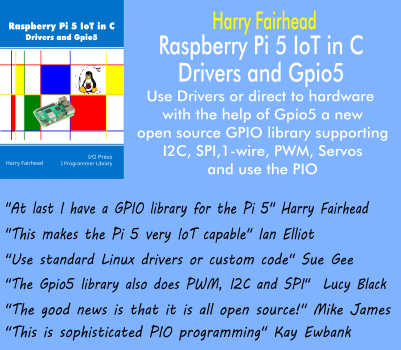| IBM Hot Data In A Flash |
| Written by Kay Ewbank |
| Thursday, 20 September 2012 |
|
IBM researchers have developed faster data retrieval using distributed flash caching. IBM has shown off a distributed flash caching framework based on SAN storage and Triton servers. In some larger IT environments multiple servers are connected to a SAN. All environments have a mix of hot data that is accessed often, and cold data that isn’t. IBM has developed several technologies that let users access the hot data without the overhead of the SAN latency by storing it in local caches of up to 10 Terabytes based on Flash memory.
The technology was demonstrated at the IBM EDGE 2012 conference in Orlando, Florida and showed a latency improvement of more than five times for certain workloads such as finding documents and real time analytics. Some of the technology relies on an algorithm that recognizes which data is hot and which is not by looking at patterns in what data is accessed and when. The technology is intended to be more generally available in 2013, and IBM researchers are continuing to refine the code and looking to port it to different server and storage platforms and make it available to both native and virtual environments.
You can find out more in the video from EDGE 2012.
Comments
or email your comment to: comments@i-programmer.info
To be informed about new articles on I Programmer, install the I Programmer Toolbar, subscribe to the RSS feed, follow us on, Twitter, Facebook, Google+ or Linkedin, or sign up for our weekly newsletter.
|
| Last Updated ( Thursday, 20 September 2012 ) |



